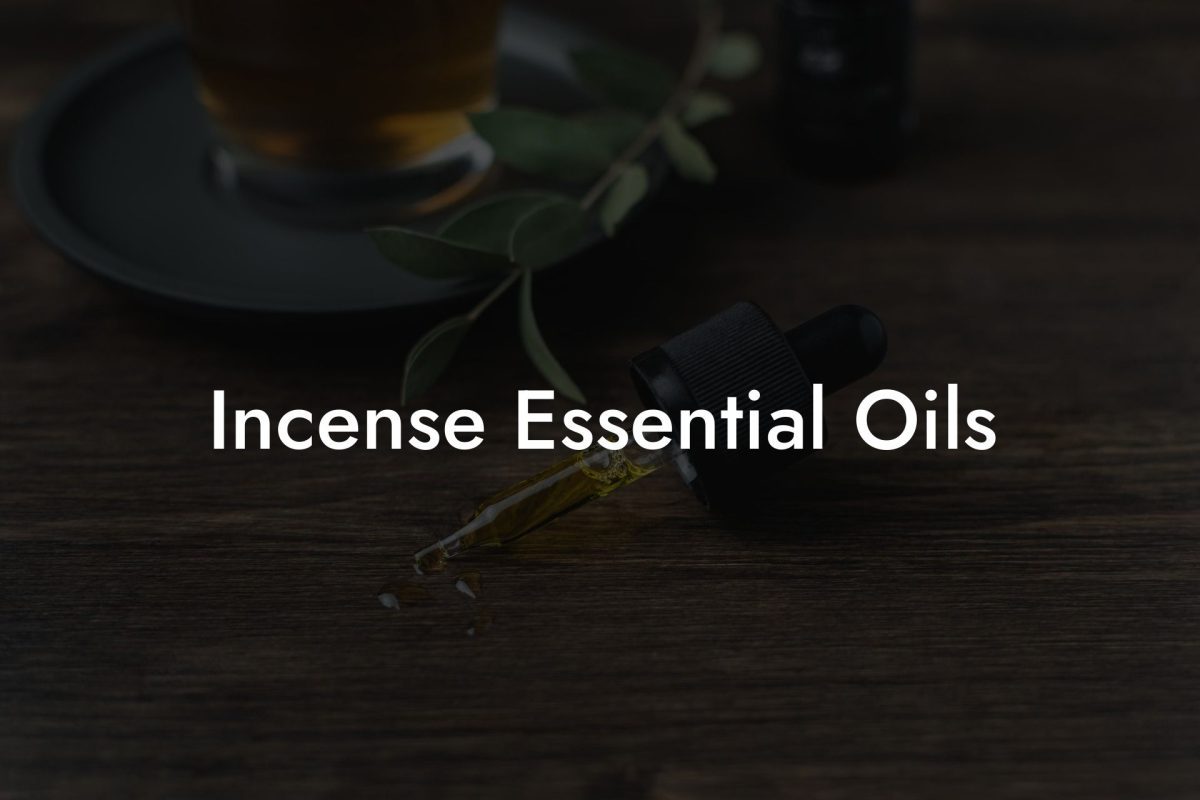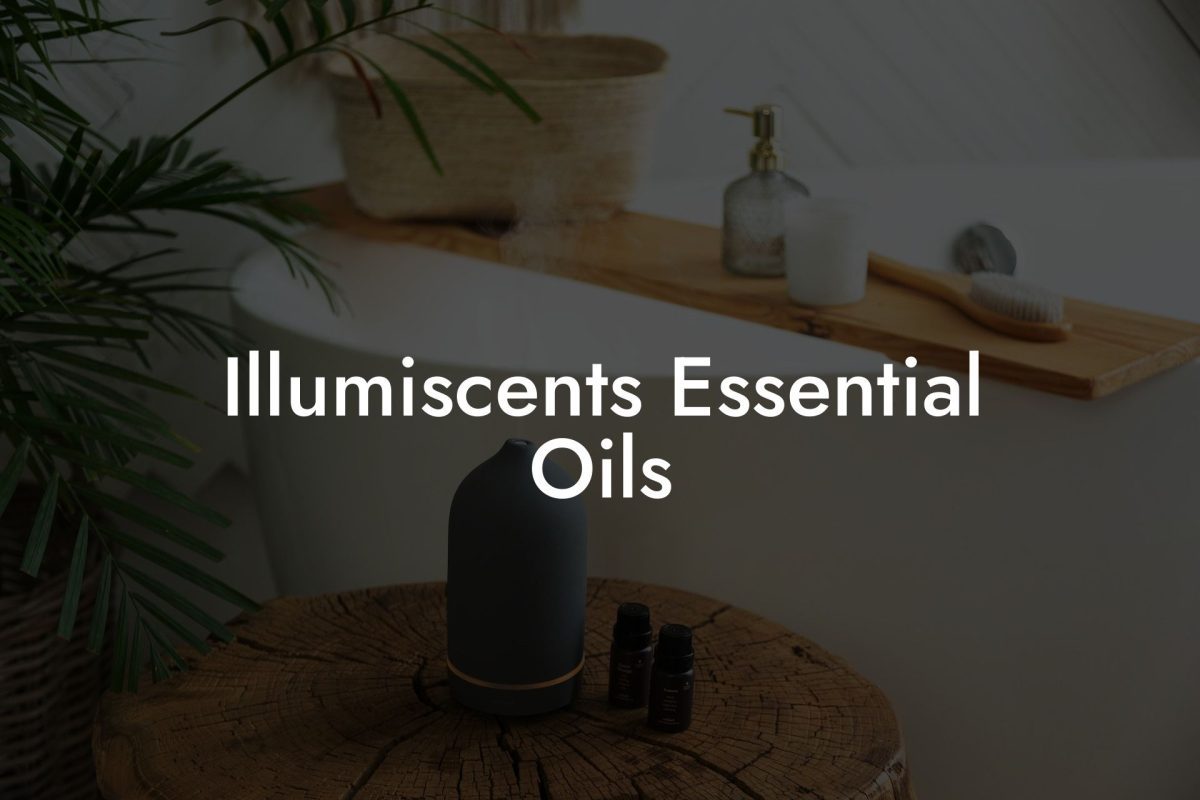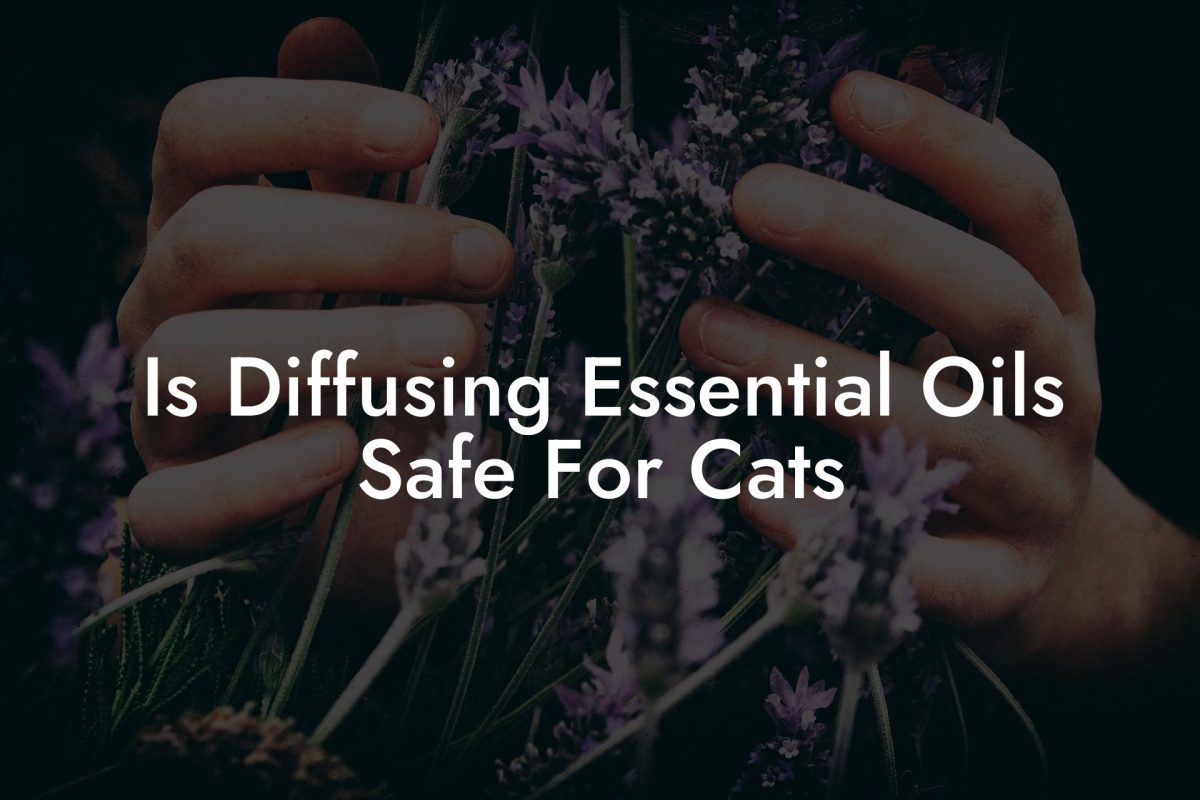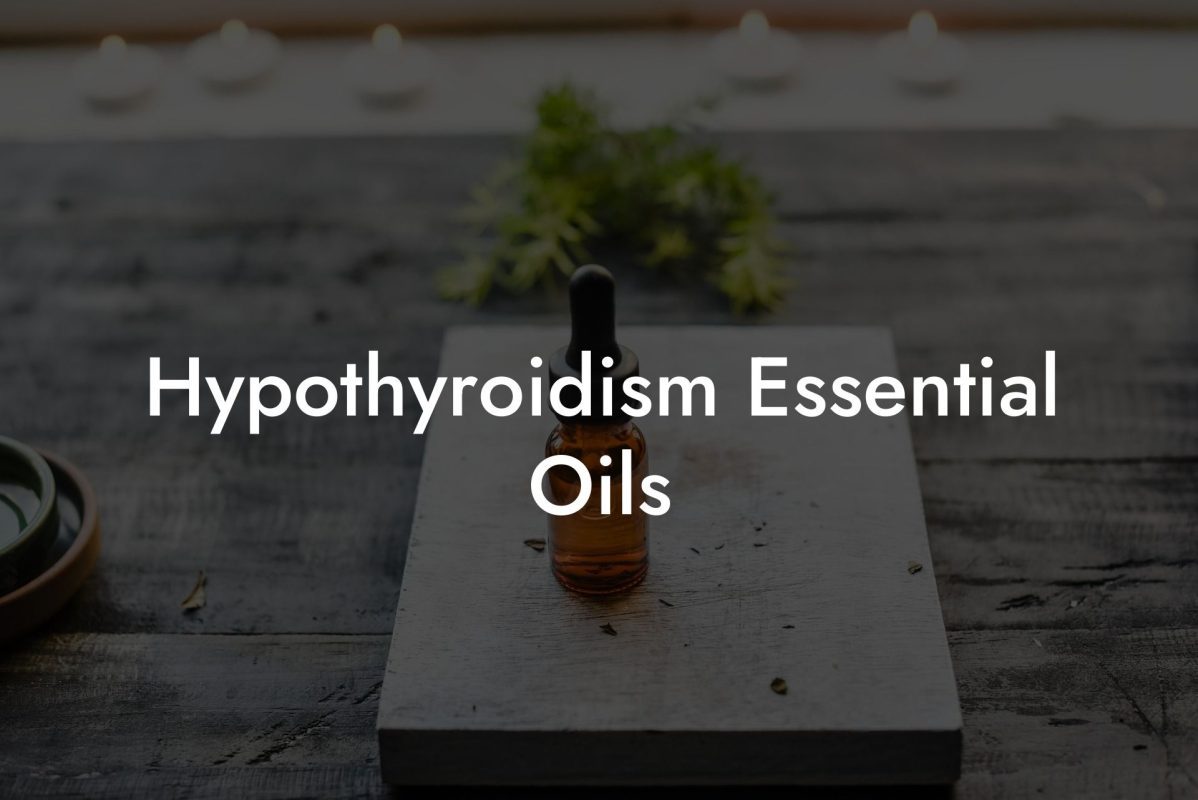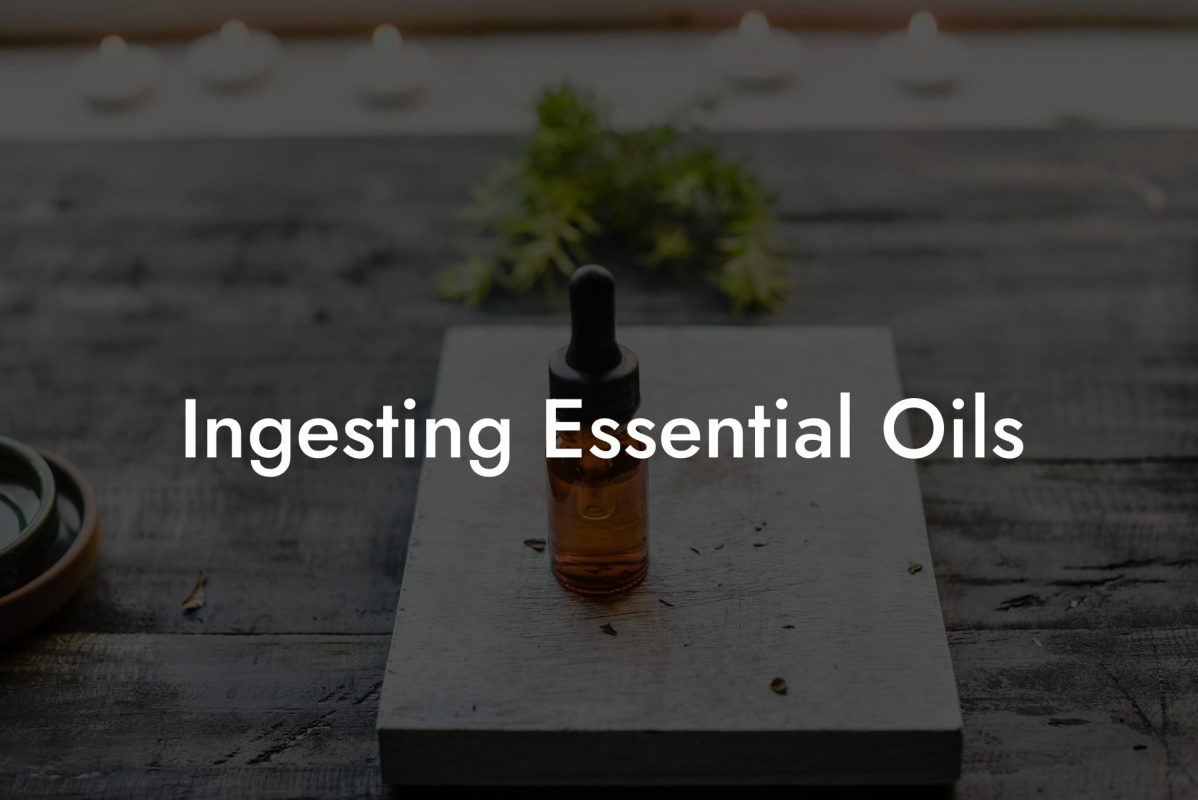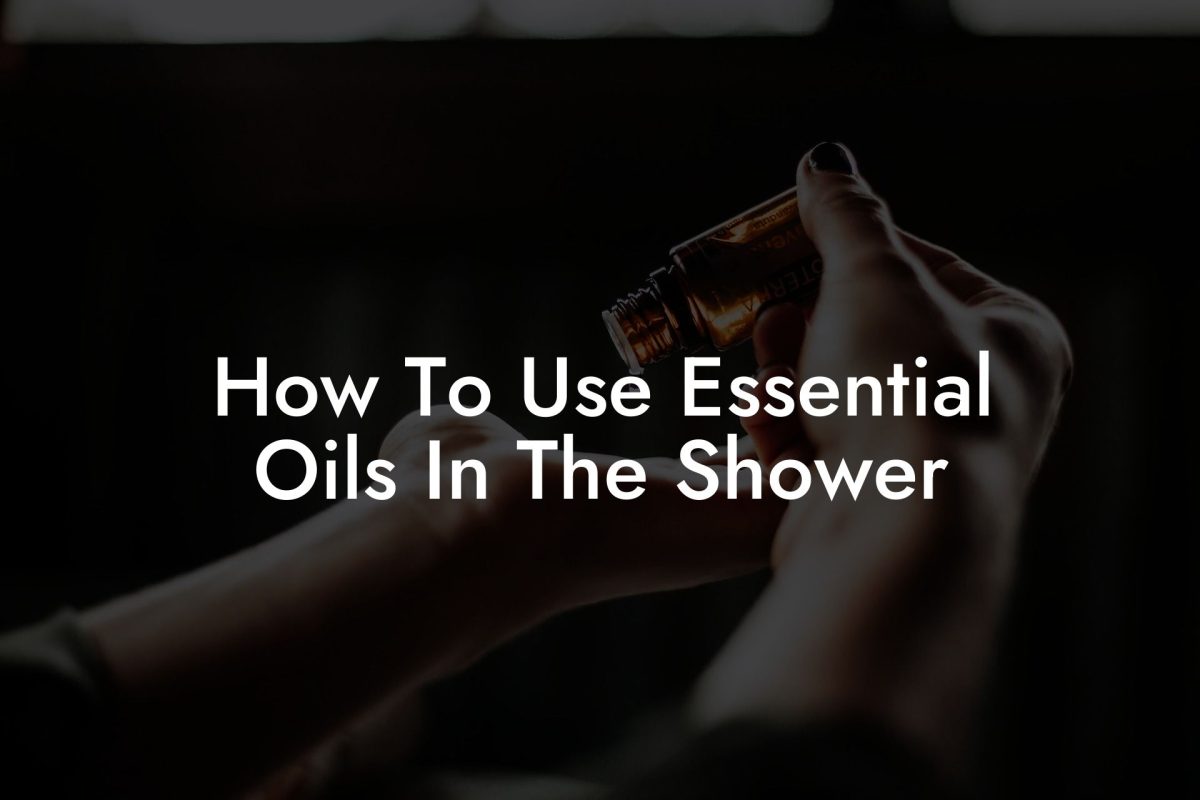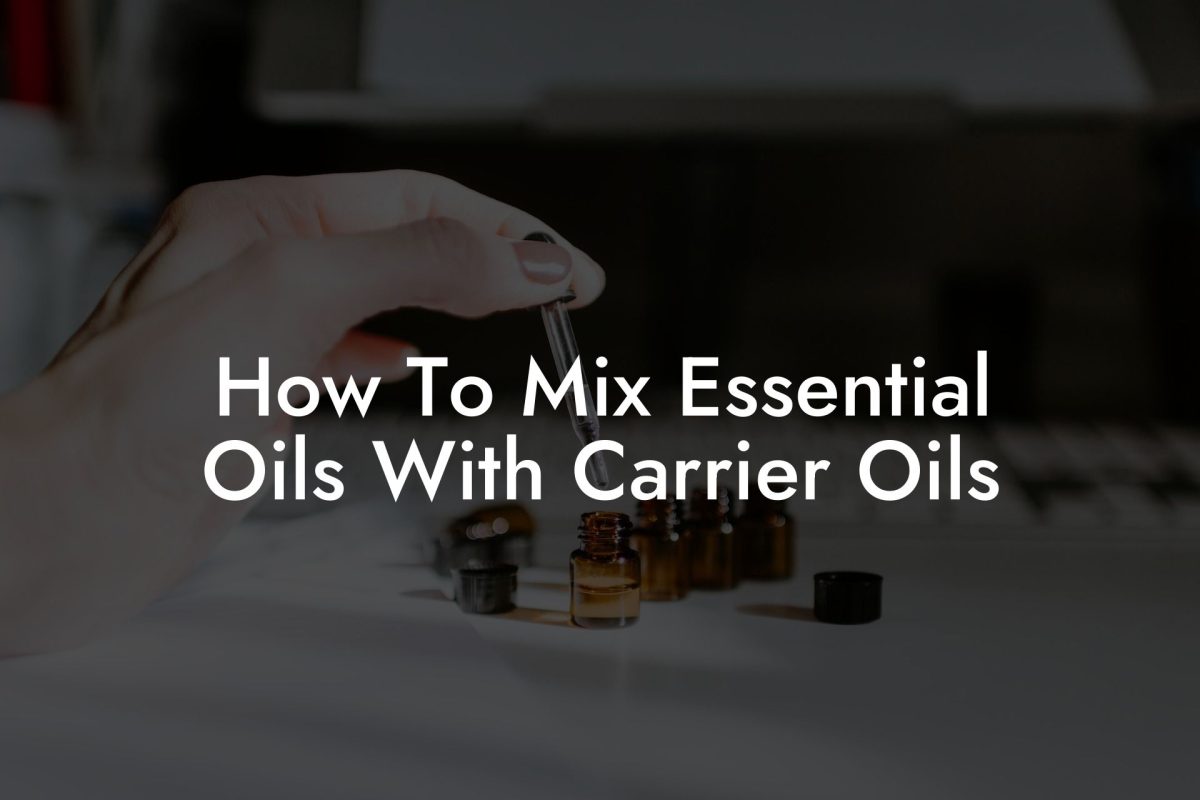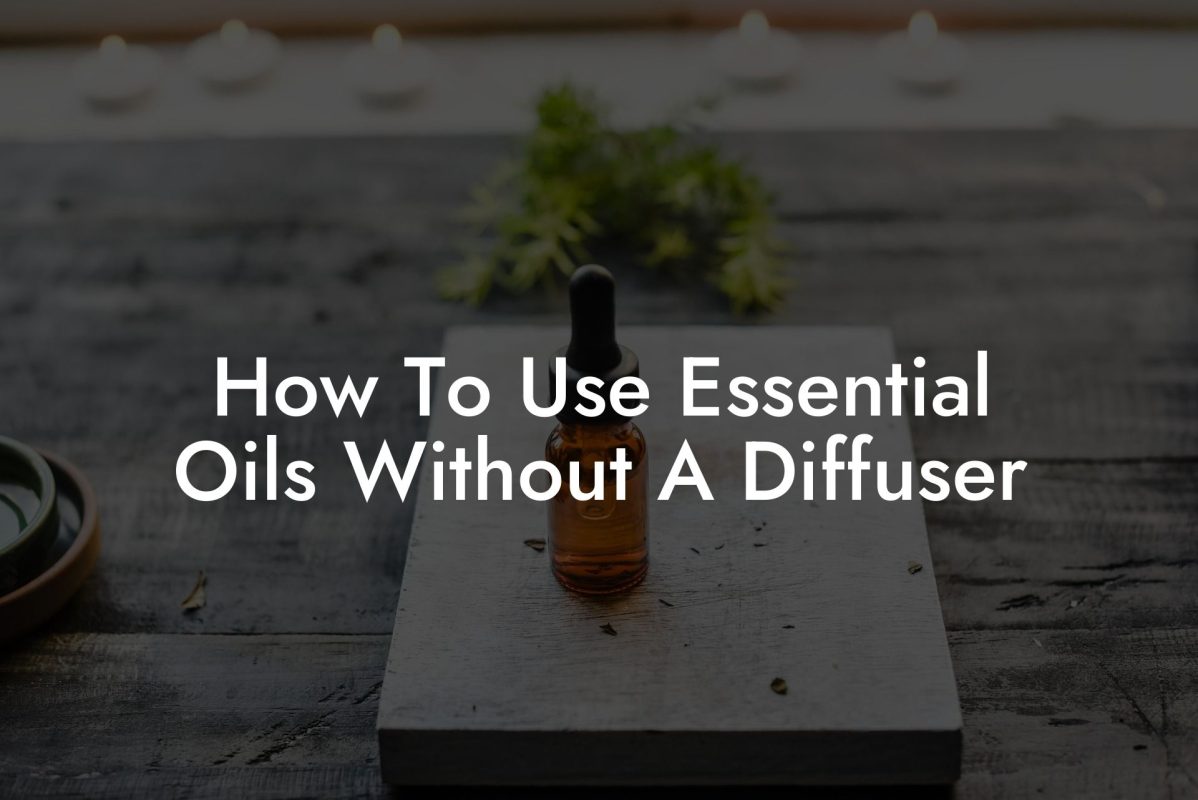Discover the art of blending essential oils for diffusers and create the perfect atmosphere in your home or workspace. Every essential oil has its unique benefits, and by combining them, you can create a personalized aroma that helps enhance your mood and overall well-being. In this article, we’ll guide you through the process of blending essential oils for your diffuser, sharing expert tips and recipes to get you started.
Table of Contents
Understanding Essential Oil Notes
When blending essential oils for a diffuser, it’s essential to understand the concept of ‘notes.’ In perfumery, oils are classified into top, middle, and base notes. This classification is based on the rate at which they evaporate, and each note is responsible for a different aspect of the overall aroma:
- Top notes: These oils evaporate quickly and are the first scents you’ll notice. They provide a burst of freshness, but their aroma will fade fast. Examples include citrus oils (lemon, bergamot) and herbs (eucalyptus, peppermint).
- Middle notes: Evaporating at a medium rate, middle notes give body and balance to the blend. They’re the mainstay of the aroma and make up the majority of a blend. Examples include floral oils (lavender, rose) and spices (cinnamon, clove).
- Base notes: These oils evaporate slowly, providing a grounding and lingering scent. They add depth to the blend and help anchor the top and middle notes. Examples include woodsy oils (cedarwood, sandalwood) and resins (frankincense, myrrh).
Blending Essential Oils for Diffusers
Follow these steps to create a perfect blend for your diffuser:
- Choose a theme: Start by deciding on the desired effect of your blend. It could be for relaxation, energy, focus, or any other mood you’d like to create.
- Select your oils: Based on your theme, choose oils from each note category (top, middle, base) that complement each other. Aim for 3-5 oils in total.
- Blend your oils: In a small glass container, add a few drops of each oil. Begin with a 30% top note, 50% middle note, and 20% base note ratio. You can adjust this to your preference as you experiment with different blends.
- Test your blend: Place a few drops of your blend in your diffuser and let it run for a while. See how you like the resulting aroma and make any adjustments if needed.
- Store your blend: Once you’re happy with your concoction, store it in a dark glass bottle, labeled with the ingredients and date. Keeping it in a cool, dark place will help preserve its potency.
Blending Essential Oils For Diffuser Example:
Relaxation Blend
Here’s an example of a calming blend for your diffuser:
- Top note: 4 drops of Bergamot
- Middle note: 3 drops of Lavender
- Base note: 2 drops of Cedarwood
Combine the oils in a glass container, adjusting the ratios as needed for your personal preference. Use this blend in your diffuser during times of stress or before bedtime to create a soothing atmosphere.
Now that you have a better understanding of blending essential oils for your diffuser, it’s time to unleash your creativity and experiment with different combinations. Start with our example or explore other guides on the Oshu Oils blog to discover more recipes, tips, and in-depth information about essential oils and their benefits. Don’t forget to share your newfound knowledge and favorite blends with family and friends, and consider incorporating Oshu Oils’ range of high-quality essential oils into your new creations.




